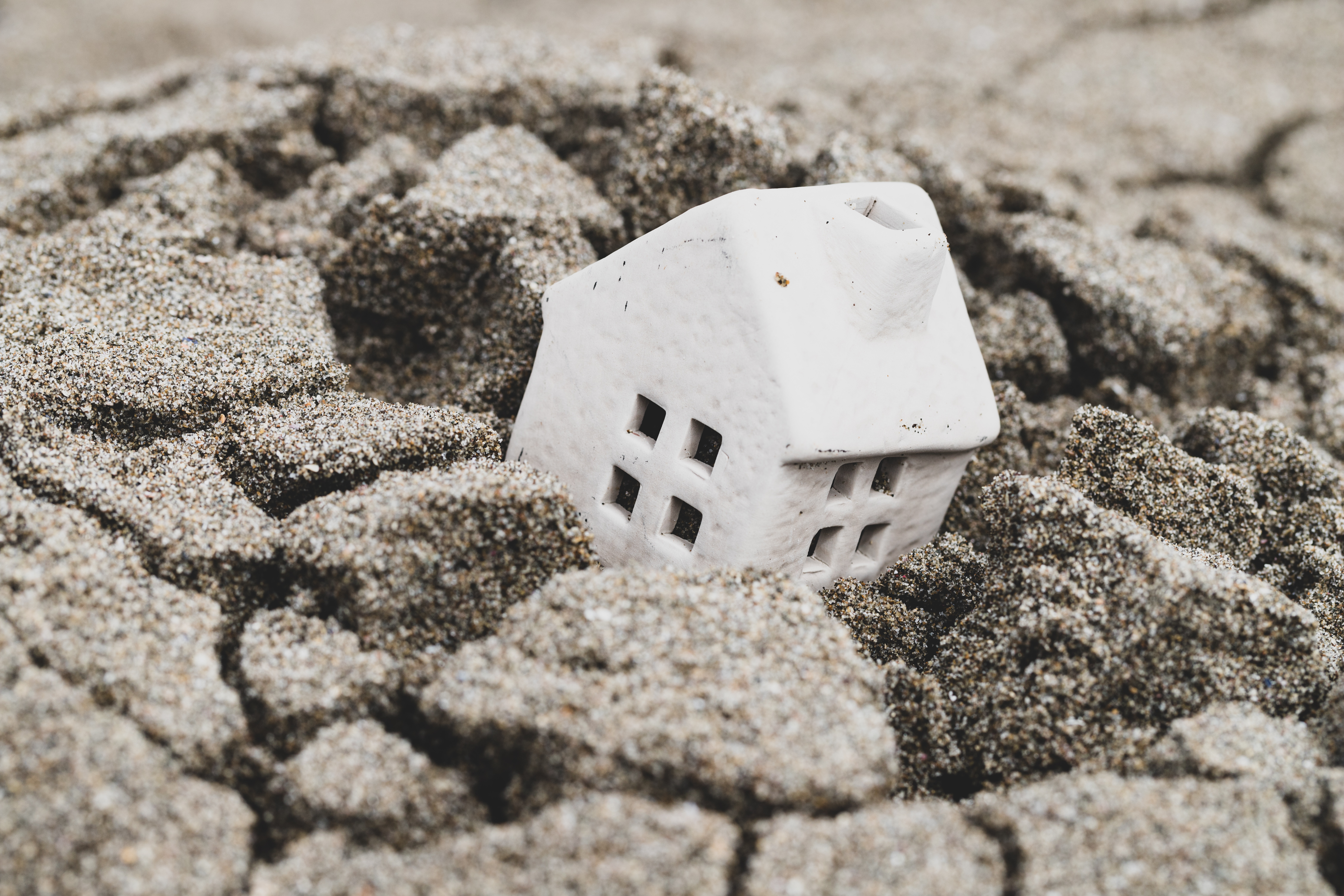CET UK has partnered with Arc Legal Group (Arc Legal), part of the AmTrust Financial Group, a leading provider of Legal Expenses Insurance and Assistance products
What is Subsidence?
Subsidence is the vertical, downward movement of a building foundation; caused by a loss of support of the ground beneath the foundations. Subsidence results in cracking and can cause significant property damage.
Although the risks associated with subsidence are relatively well known, property damage can also occur when there is upward movement of the ground supporting a building. This is known as heave. Both subsidence and heave are usually covered by your standard building’s insurance policy.

How big of a problem is it?
Awareness of the risks associated with subsidence have increased in recent years, but many people do not appreciate how great the risk is.
- Over the last 10 years, subsidence has cost the UK economy an estimated £3bn; making it the most damaging geohazard in Britain today.
- As many as one in five homes in England and Wales may be at risk of damage resulting from ground that swells when it gets wet and shrinks as it dries out.
- Subsidence affects as many properties in the UK on an annual basis as flooding.
- We have seen a 50% increase in subsidence damage, compared to the period between 1950 and 1970. Researchers predict a further 50% increase between now and 2040.
- The Environment Agency predicts climate changes with increased flood & drought with a drought equivalent to 1976 occurring every 10 years.
- The British Geological Survey (BGS) research on behalf of the Lloyds of London insurance market predicts a 29-34% increase in subsidence in next 10yrs in the UK. This increase will be greatest in areas under the London Clay formation (above which sits the UK’s largest population!)
Subsidence and Buying a Property
If a property has had a subsidence insurance claim, or has suffered from subsidence in the past, it must be declared when the property is sold. This may affect a buyer’s ability to secure a mortgage on the property.
If you are looking to purchase a property, we recommend you ask your conveyancer or solicitor includes a subsidence risk assessment in their searches. The good news is that, unlike other geohazards, there are some relatively easy and cost-effective steps you can take to help reduce the risk of subsidence.

Read All About Us
Click below for the latest updates from around our business
CET holds extended leadership day at Walsall Head Office
CET hosted a Leadership Day where the extended leadership population all gathered onsite at the Walsall head office for a business update, recap of the year so far
CET hosts annual Contractor Conference at Worcester Bosch HQ
The annual CET Contractor Conference took place last month at Worcester Bosch HQ, hosting 100 contractors from the CET network. 🤝 The conference included a